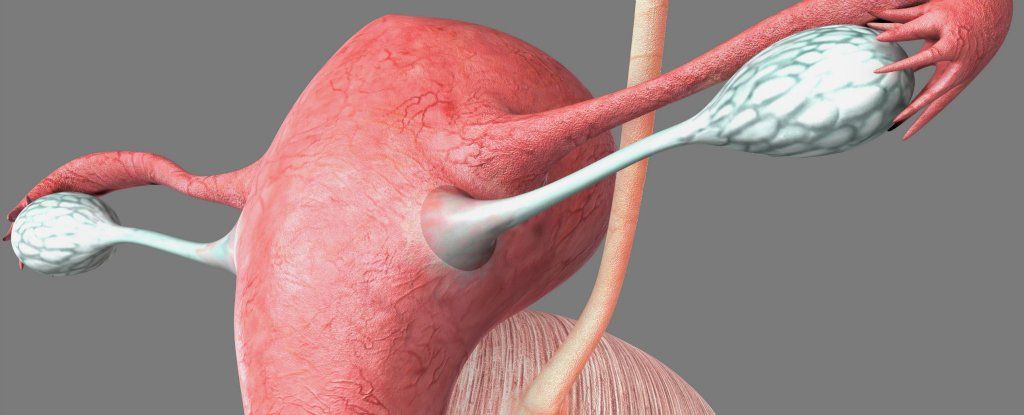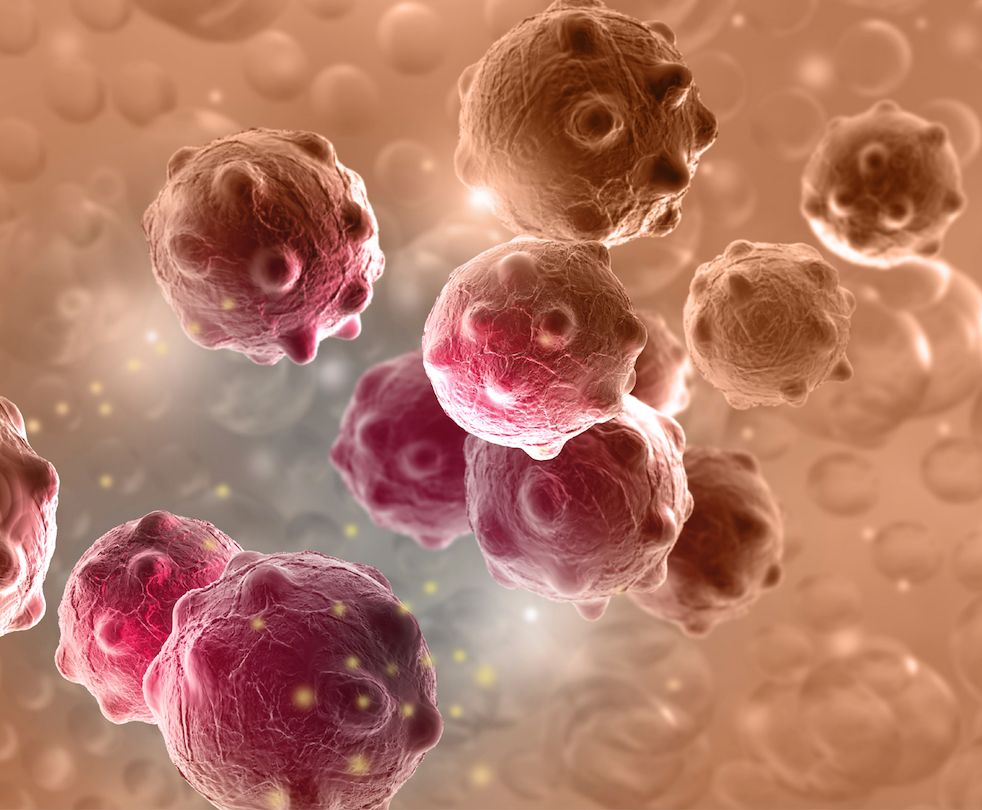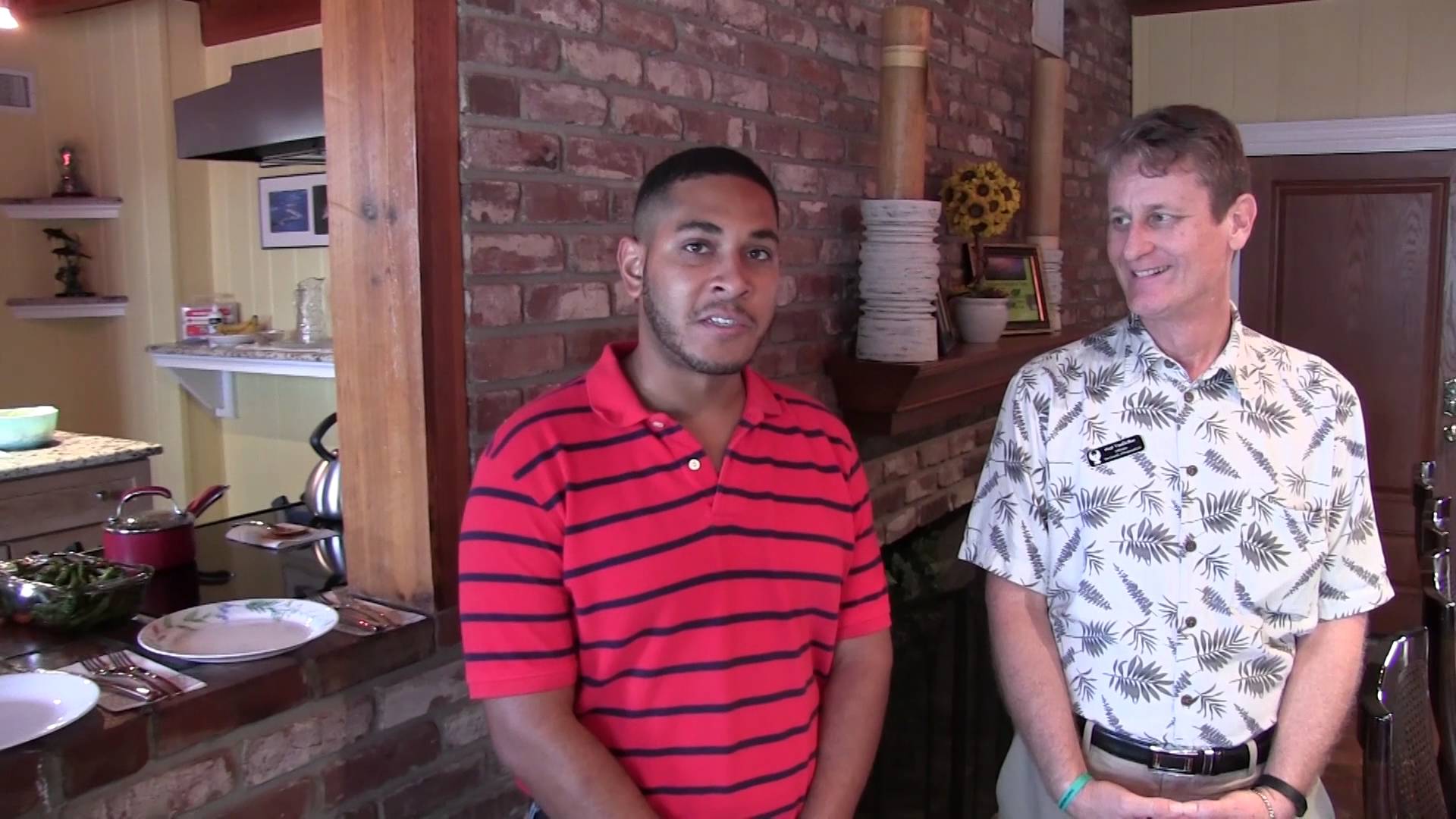Jan 13, 2016
Scientists have started growing human fallopian tubes in the lab
Posted by Shailesh Prasad in categories: biotech/medical, health
Researchers in Germany have successfully grown the innermost layer of human fallopian tubes in the lab — the first step towards creating a functional model that will allow scientists to study how reproductive diseases such as cancer start, as well as provide important insight into the enigmatic organs.
The fallopian tubes play a crucial role in the female reproductive system by connecting the ovaries to the uterus, but recent research has suggested that if fallopian tube cells become infected, they can migrate, and could be a key trigger for ovarian cancer — one of the most deadly types of female reproductive cancer.
Despite the importance of these organs, we have a lot to learn about how they function, particularly on the inside — an area that (as you can imagine) is particularly challenging for scientists to study while their patients are alive.


















